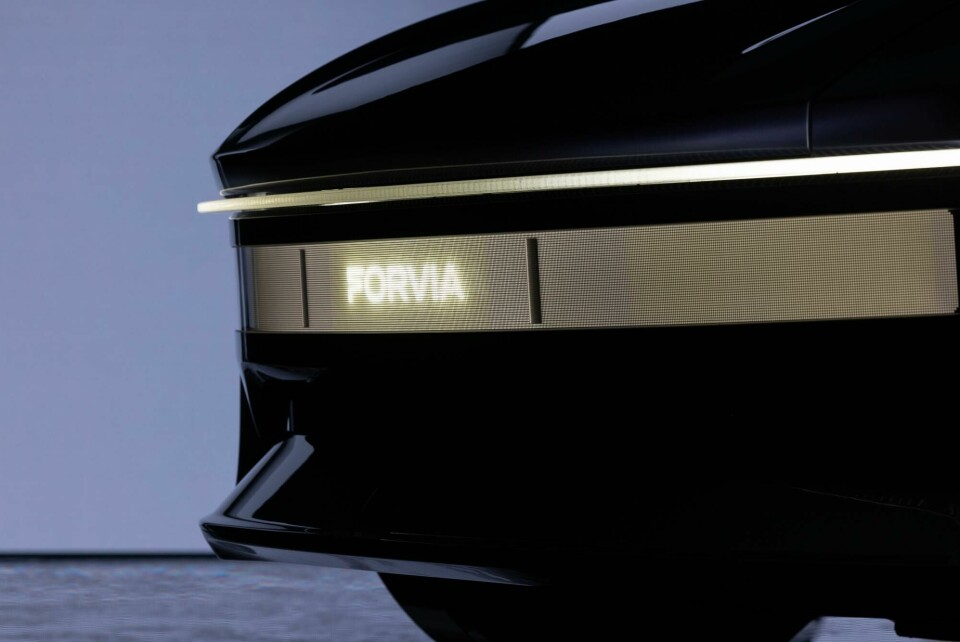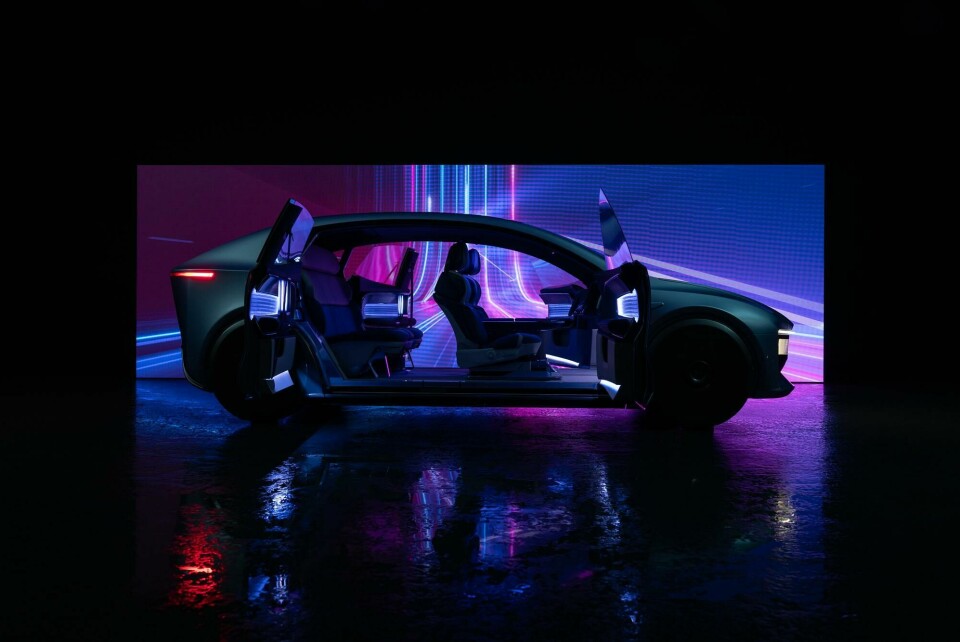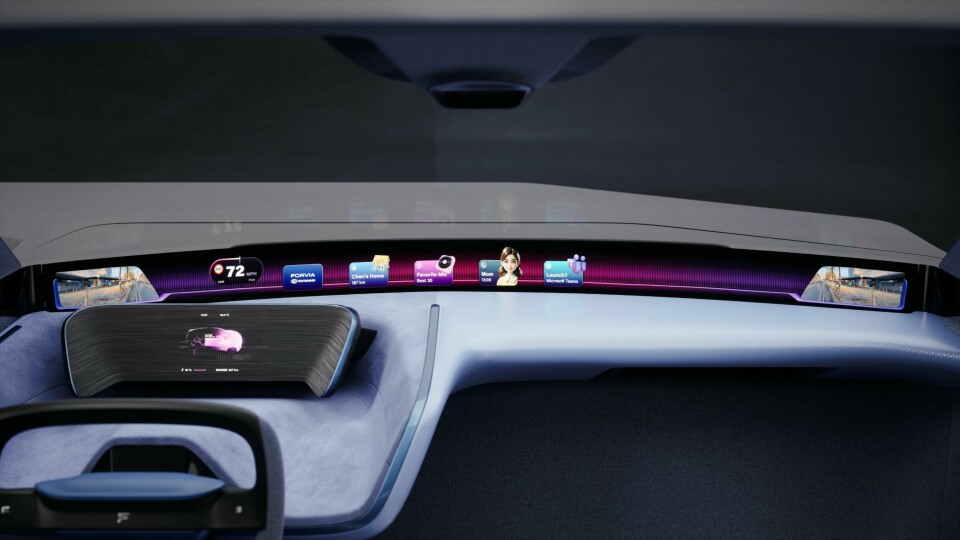
Forvia’s minimalist tech shines at preview ahead of Shanghai auto show
Jason White reports from Detroit where Tier 1 supplier Forvia gave a preview of what was to come at Auto Shanghai
The irony is not lost on this writer. Here I am, walking into Michigan Central Station. Long a symbol of Detroit’s entropy and decline; now a showcase for the very latest in automotive tech concepts. On the other hand, this edifice and the supplier on display may have more in common than meets the eye. After all, both have recently undergone significant transformations.
The latter, Forvia, is the result of Faurecia and Hella joining forces in 2022. This combination of lighting and seating experts is set to unveil a plethora of thought-provoking ideas at Auto Shanghai. The purpose of the Michigan Central showcase? To give local OEMs and the media a sneak peek at what they’ve been up to, prior to said reveal. I am happy to report that the word “refreshing” repeatedly comes to mind as I peruse the installation.

No one sets out to create UX/UI that is counterintuitive or confusing. And yet, this is all too often what we see in cars. Layers of perilous menus that keep our eyes off the road.
Graphics that appear to prioritise glitz over good ergonomics. Elaborate lighting schemes that come across as cheesy rather than clever. Enter Forvia’s Saphir, an interior/exterior concept that could hold the antidote for these seemingly inescapable problems – while at the same time, offering ingenious solutions in the areas of vehicle packaging, sustainability and safety. How, you ask? With technology that is proven, reliable, and above all, minimalist in its execution.
Andreas Wlasak, VP of design at Forvia, guides us through the Saphir concept. On site, the model is quite compact, closely resembling a shortened Tesla Model S. This is a deliberate choice, as Forvia is keen to show how its ideas can make a small cabin feel larger, both figuratively and literally. “There is no traditional instrument panel,” Wlasak stresses. “Yet, all the functions, the airbags etc. are here. So all of this is realistically happening.”
The lack of a traditional display is also immediately apparent. No gloss black rectangular monolith. No touch screens that collect fingerprints.
Instead, we are greeted by a long, clear glass panel near the base of the windshield, close to our line of sight, with simple graphics reflected onto its surface. For Level 2 and 3 driving, Forvia has created what it calls a “gaze and select” system. A driver monitoring system (DMS) follows your eyes, selecting the function being looked at on the glass panel. You confirm your selection via a simple button on the steering wheel. Wlasak is quick to point out that the DMS itself is mandatory in most countries as of 2025 or 2026 to watch for operator drowsiness.
Technology that truly makes our lives easier is very hard to find
Forvia’s ability to streamline a human-machine interface with a required component that already exists is as practical as it is creative. Saphir’s glass display also features e-mirrors on both ends, but with an innovative surprise-and-delight feature.
Utilising the combination of a central rear-view camera and outside cameras, images are stitched together to produce an outline of the car’s shape, but with the car itself appearing transparent. This affords the driver a complete picture of what is behind them, enhancing both safety and ease of operation.

Like many interior concepts, Saphir’s seating arrangement can rotate the front row seats to face the second row. In this configuration, occupants can make use of a centre console that consists of multiple modules.
For example, one towards the front offers storage for items like glassware, while another, emerging from under the rear seats, presents a fold-out table. The rear seat pans themselves can be removed from the car, accommodating tailgating and other outdoor activities. Occupants can also change the lighting and climate in their particular seating area by scanning a QR code and making use of an app.
In addition to these HMI and packaging ideas, Forvia is exploring a wide array of sustainable interior trim. “We have an internal company within Forvia that creates compounds with recycled material and with bio-based material,” Wlasak says. Compressed natural fibers, recycled denim, bamboo, hemp, recycled polypropylene and oyster shell particles all contribute to the interior trim of Saphir.
Moving outside the model, the innovation continues with the exterior lighting. The tail lamps appear as solid bars of red light with no exterior lens, and zero variation in brightness. This development is in response to customer requests for clean, homogeneous illumination. The result is quite elegant: the rear central badge can change to a bright cyan, signaling to other drivers that the car is in an automated driving mode (we are told this will be the agreed-upon way to indicate such a condition, industry-wide).
But Saphir’s most intriguing exterior lighting specifically addresses the safety of pedestrians and occupants. All drivers have patiently waited for someone to cross the street before. Sometimes, cars behind can’t see said person and get impatient. To clearly communicate the situation, an animation of a person in a crosswalk is shown on a rear-facing LED display, precluding any impulsive overtaking or a pedestrian accident; this particular feature attracted interest from Michigan’s chief mobility officer. Other situations, like the health and welfare of occupants, could also be outwardly communicated by this display, potentially saving lives.
Departing Michigan Central Station, I am struck by the thoughtfulness and sheer simplicity of the solutions on display. This is why the word “refreshing” stays front of mind; technology that truly makes our lives easier is very hard to find. Another particularly salient point becomes evident: many of the brilliant ideas on display use technologies that are proven and already exist. It’s the creative implementation of those technologies that will set Forvia apart from other suppliers – and hopefully, enhance the motoring experience for many in the not-too-distant future.







































